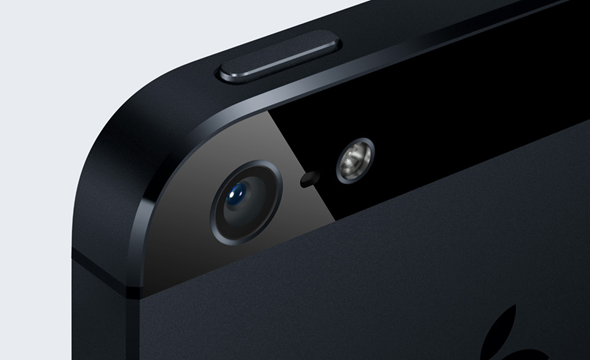It’s time to do comparisons! We’ve already compared the smartphone kings, iPhone 5 vs. Galaxy S III, and now it’s time to compare different aspects of the iPhone 5 with its predecessor iPhone 4S which, by the way, is still a very capable smartphone. Check it out after the jump!
Camera quality comparisons don’t start until the actual release of the device, because reviewers are, of course, unable to place the devices to be compared in the same spot, and in the same lighting conditions which is important for a proper comparison.

However, in his recent visit to Big Sur, California Dpreview’s Scott Everett took a photo of the same view from nearly the same spot in nearly the same external conditions with his iPhone 4S that Apple did and later released in the form of untouched sample photos from iPhone 5. Through this, we are able to get an idea of how cameras on these devices compare.

iPhone 4S (left) vs. iPhone 5 (right)
According to Dpreview, the image from the iPhone 5 was taken with ISO 50 setting compared to the iPhone 4S’ ISO 64 setting, which suggests that the iPhone 5 uses a new, improved, slightly larger sensor that is able to take in more light. This matches with Apple’s claims of iPhone 5’s camera being able to take better photos in low-light conditions.
Other, more technical information that has come from these photos includes: iPhone 5 using a 4.1mm lens for a 33mm field of view compared to iPhone 4S’ 4.3mm lens which resulted in a 35mm field of view; the iPhone 5 also selected 1/3 the exposure value of the iPhone 4S image.

If you look at the images for yourself, you actually won’t find much of a difference. Details appear sharper on the iPhone 5, but only by a very tiny fraction and only if you zoom in all the way to 100%. This difference, however, could result from the images being taken at different times of the day.
For a more precise comparison, we’ll have to wait for a few days until the first reviews come in which will definitely come with a proper comparison.
Head on over to this link to view the above two images in greater detail.
(via Gizmodo)
You can follow us on Twitter, add us to your circle on Google+ or like our Facebook page to keep yourself updated on all the latest from Microsoft, Google, Apple and the web.

